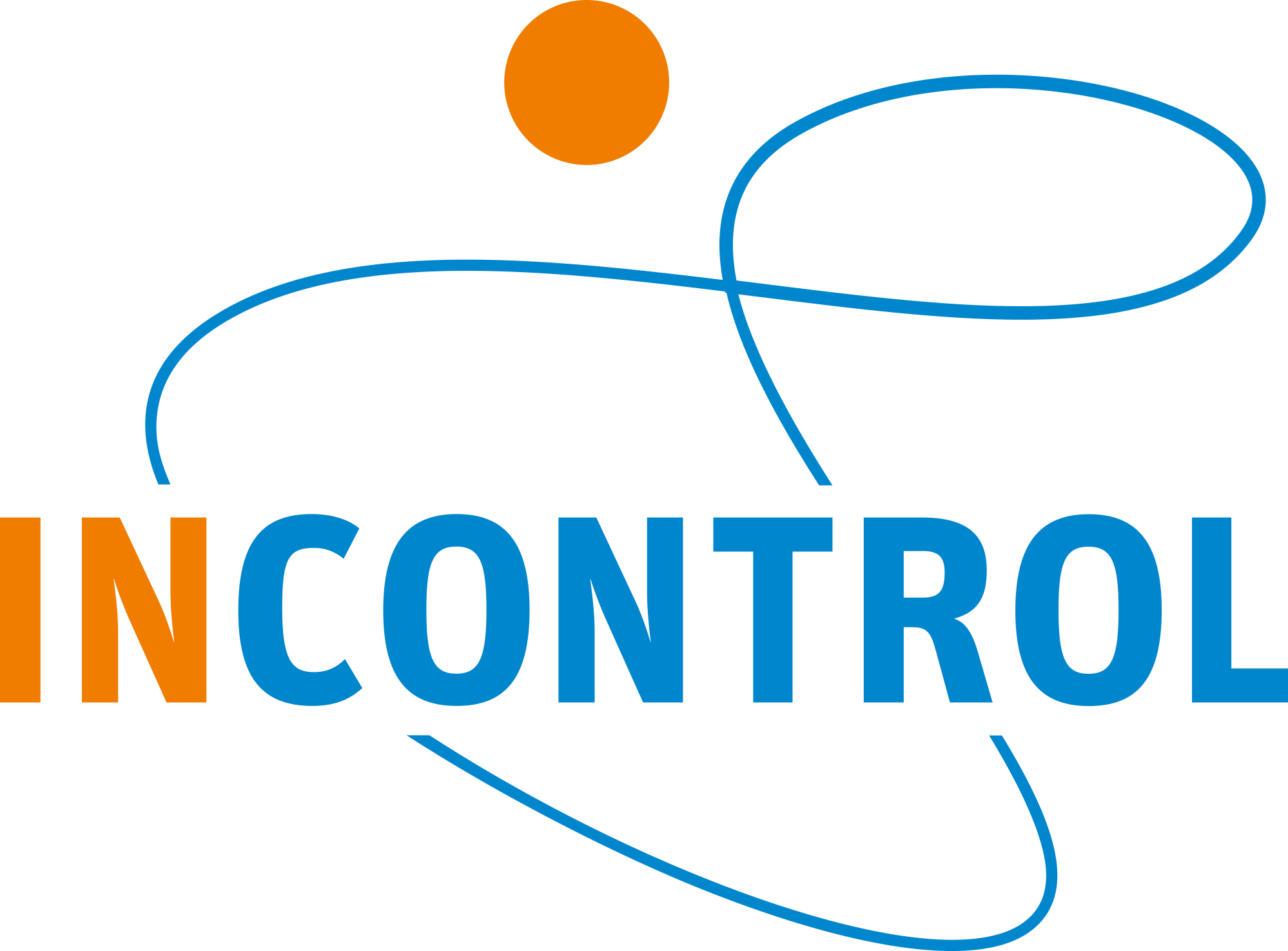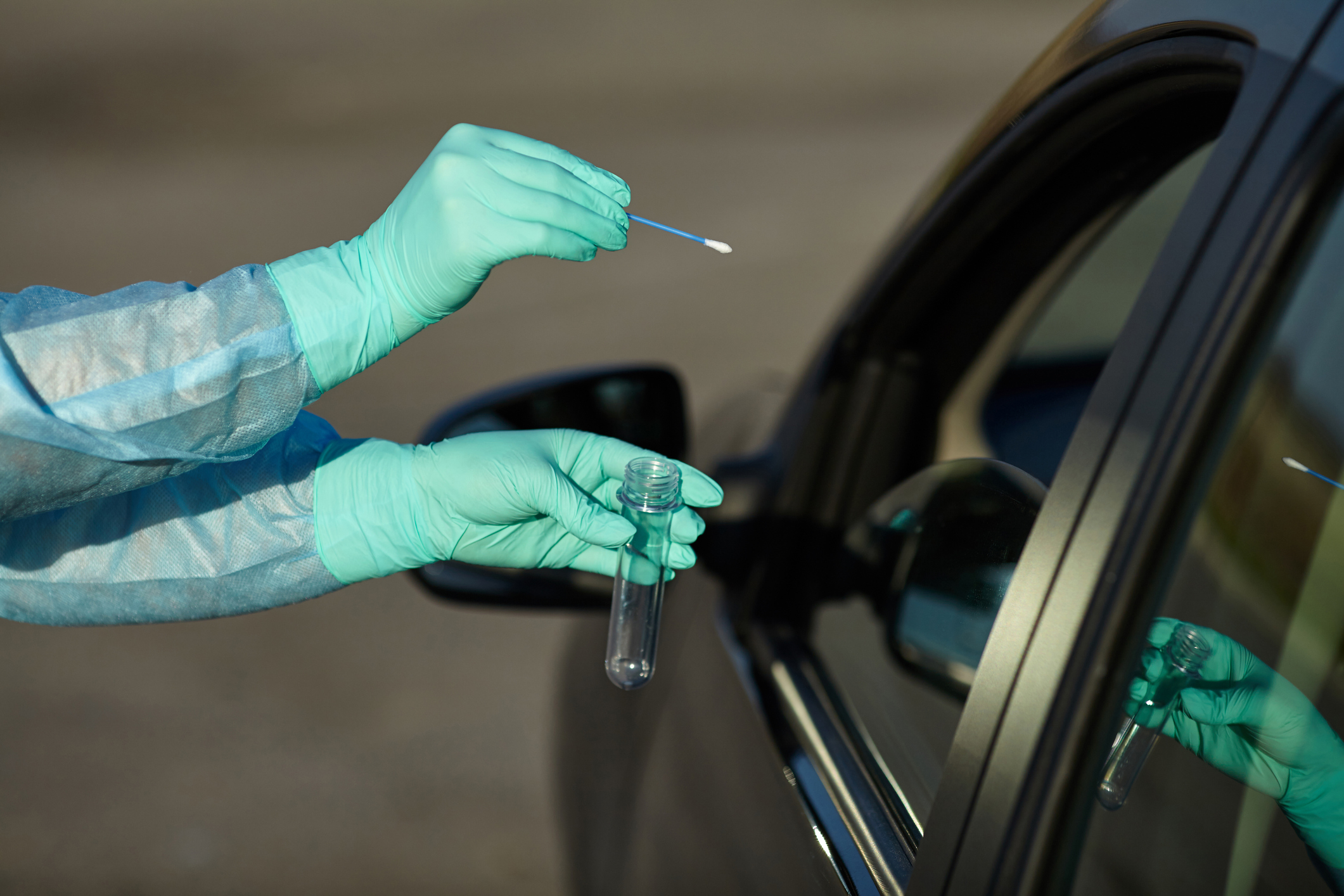InControl supports communities with corona test track simulation
During the Covid-19 pandemic, communities and municipalities in particular have to deal with many challenges. The preparation and planning of tests, training and vaccination locations are top of mind. Besides drive-in locations such as event centers, stadiums and public buildings have to be properly arranged, facilitated and people trained.

Figure 1: Example of drive-in test facility
A municipality in Austria asked InControl to support the organization of test tracks by delivering data, plans and insights. In this case the planned tests and training staff facility is a combined elementary and middle school.
Simulation and visualization can support and improve decision-making processes; they can support and visualize the design and optimize key processes, costs and provide feedback during every stage. InControl contributes to the security issues and procedures as well.
Test tracks for the upcoming Covid-19 swab tests has to be set up in a municipality in Austria and these should be evaluated and validated in advance. The thorough preparation is contributing to the test and training activities but forms a good set up for the vaccination activities as well. There are rooms available for this purpose at both schools, primarily organized on the ground floor. In this case a total of 6 test tracks are designed, planned and evaluated.

Figure 2: Middle and elementary school – test tracks 1 to 6
A test track includes: the outside waiting area, the registration and the test area. The flow of people should not cross, so separate entrances and exits and a marked route (one-way system) are specified in order to minimize personal contacts.

Figure 3: Example for test track 1 in detail
Compliance with the general distance rules and local protocols are taken into consideration in the entire test area and is also part of the simulation model and scenarios. In Austria, a personal indoor distance of 2 meters is applicable.
Information on the simulation with Pedestrian Dynamics® was made available to InControl by the municipality, based on both scientific and empirical values. So in this case the assumption was that 1000 people per day (8 hours) has to be tested. Another assumption is that no values for the arrival distribution has to be taken into consideration. The documents required for registration will be announced in the waiting area and can be verified too. The registration should take place in 2 till 5 minutes and in the test area 3 minutes are accepted at each station.
To analyze the routes, simulation runs were carried out in order to check the capacities and distance regulations. The assumption described above was refuted on the basis of the simulation results; only 60% of the people can be tested in 8 hours. The capacity check has shown in this case that there is a lack of time and staff. In addition to the simulation experiments, necessary changes in the process were discussed directly with the community and health care representatives and adopted in the test planning, routing, staff training and real time execution.
Pedestrian Dynamics® is a leading crowd simulation tool that has been used for more than a decade to model large crowds in all types of infrastructure. Pedestrian Dynamics® helped answer questions about capacity, keeping in mind the safety and comfort related to crowded places.
Cities and municipalities are struggling with organizational and financial hurdles due to the Corona crisis. InControl would like to get involved and support communities by not charging the usual daily rates for simulation engineers for this type of projects.
If you need support with the test streets and / or vaccination routes, check capacity with the Pedestrian Dynamics® simulation software and / or model according to COVID-19 measures and guidelines including physical distancing in any environment, please do not hesitate to contact us.

